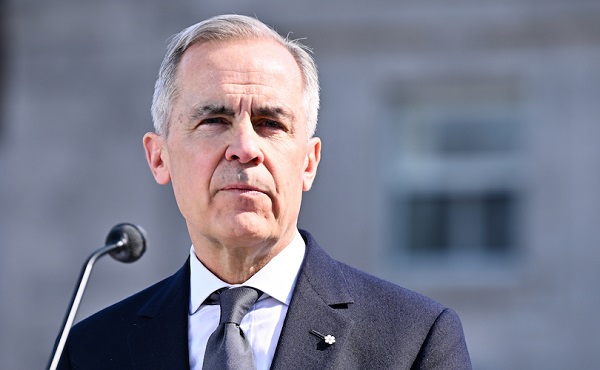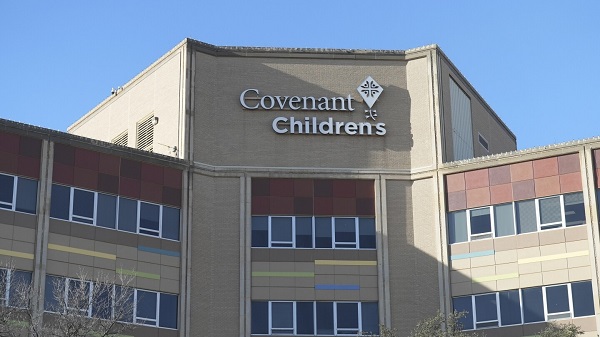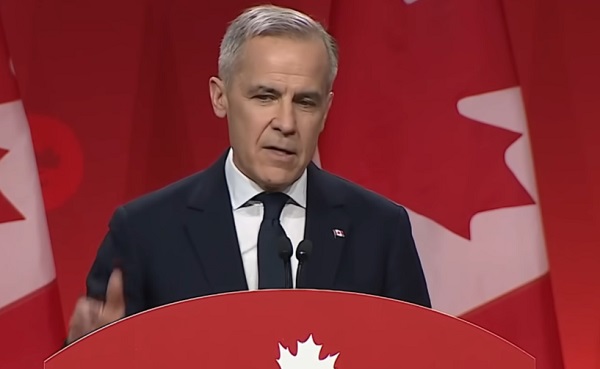Alberta
Ottawa will provide “actuarial analysis” of Alberta’s CPP assets
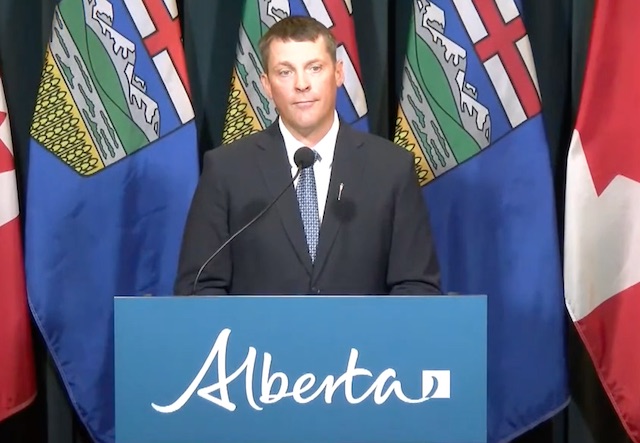
Federal-provincial-territorial meeting on pensions: Minister HornerPresident of Treasury Board and Minister of Finance Nate Horner issued the following statement following the Nov. 3 federal-provincial- territorial (FPT) meeting of finance ministers: “This morning, I was able to participate in a federal-provincial-territorial (FPT) discussion with the country’s finance ministers to discuss pensions. “To be clear, Alberta is committed to making sure that any potential creation of an Alberta Pension Plan will not leave our fellow Canadians without a stable pension and its associated benefits. “For the past several weeks, Alberta has been having an open discussion about the possibility of establishing an Alberta Pension Plan that will benefit our seniors and workers. This will only happen if Albertans vote to do so in a referendum. “To help frame the conversation, we commissioned a report by an independent, expert actuary, Lifeworks (formerly known as Morneau-Shepell). The report provides details as to the asset transfer value that Alberta could expect to receive according to the withdrawal formula that was voluntarily agreed to by all Canadian provinces decades ago when the Canada Pension Plan (CPP) was established, and which was once again updated, with agreement by the provinces, in 1997. “We are encouraged to hear the federal government commit to providing a comprehensive actuarial analysis of the asset transfer value Alberta would be entitled to receive should it withdraw from the CPP. We’ve been asking for this for several weeks. It is critical for the ongoing discussion of an Alberta Pension Plan that we have a firm asset transfer number (and the potential benefit increases to Albertans stemming from that transfer amount) upon which Albertans can make an informed decision. “There are other critical conversations happening across the country, including the federal government’s changes to the carbon tax. We have all heard multiple premiers raise concerns about the federal government’s recent actions on carbon tax carve outs for some provinces, and several finance ministers again raised the urgency of this issue during our call, including me. “Canadians remain in the midst of an affordability crisis and the carbon tax continues to hurt us all. While a number of us had hoped to also address this issue during the call, I am very eager to have a fulsome conversation at our next FPT, scheduled for Dec. 14-15. At that time, I hope we can discuss cutting the carbon tax so Albertans and Canadians will no longer be penalized according to where they live, and which members of Parliament they elect.” |
Alberta
Made in Alberta! Province makes it easier to support local products with Buy Local program

Show your Alberta side. Buy Local. |
When the going gets tough, Albertans stick together. That’s why Alberta’s government is launching a new campaign to benefit hard-working Albertans.
Global uncertainty is threatening the livelihoods of hard-working Alberta farmers, ranchers, processors and their families. The ‘Buy Local’ campaign, recently launched by Alberta’s government, encourages consumers to eat, drink and buy local to show our unified support for the province’s agriculture and food industry.
The government’s ‘Buy Local’ campaign encourages consumers to buy products from Alberta’s hard-working farmers, ranchers and food processors that produce safe, nutritious food for Albertans, Canadians and the world.
“It’s time to let these hard-working Albertans know we have their back. Now, more than ever, we need to shop local and buy made-in-Alberta products. The next time you are grocery shopping or go out for dinner or a drink with your friends or family, support local to demonstrate your Alberta pride. We are pleased tariffs don’t impact the ag industry right now and will keep advocating for our ag industry.”
Alberta’s government supports consumer choice. We are providing tools to help folks easily identify Alberta- and Canadian-made foods and products. Choosing local products keeps Albertans’ hard-earned dollars in our province. Whether it is farm-fresh vegetables, potatoes, honey, craft beer, frozen food or our world-renowned beef, Alberta has an abundance of fresh foods produced right on our doorstep.
Quick facts
- This summer, Albertans can support local at more than 150 farmers’ markets across the province and meet the folks who make, bake and grow our food.
- In March 2023, the Alberta government launched the ‘Made in Alberta’ voluntary food and beverage labelling program to support local agriculture and food sectors.
- Through direct connections with processors, the program has created the momentum to continue expanding consumer awareness about the ‘Made in Alberta’ label to help shoppers quickly identify foods and beverages produced in our province.
- Made in Alberta product catalogue website
Related information
Alberta
Province to expand services provided by Alberta Sheriffs: New policing option for municipalities

Expanding municipal police service options |
Proposed amendments would help ensure Alberta’s evolving public safety needs are met while also giving municipalities more options for local policing.
As first announced with the introduction of the Public Safety Statutes Amendment Act, 2024, Alberta’s government is considering creating a new independent agency police service to assume the police-like duties currently performed by Alberta Sheriffs. If passed, Bill 49 would lay additional groundwork for the new police service.
Proposed amendments to the Police Act recognize the unique challenges faced by different communities and seek to empower local governments to adopt strategies that effectively respond to their specific safety concerns, enhancing overall public safety across the province.
If passed, Bill 49 would specify that the new agency would be a Crown corporation with an independent board of directors to oversee its day-to-day operations. The new agency would be operationally independent from the government, consistent with all police services in Alberta. Unlike the Alberta Sheriffs, officers in the new police service would be directly employed by the police service rather than by the government.
“With this bill, we are taking the necessary steps to address the unique public safety concerns in communities across Alberta. As we work towards creating an independent agency police service, we are providing an essential component of Alberta’s police framework for years to come. Our aim is for the new agency is to ensure that Albertans are safe in their communities and receive the best possible service when they need it most.”
Additional amendments would allow municipalities to select the new agency as their local police service once it becomes fully operational and the necessary standards, capacity and frameworks are in place. Alberta’s government is committed to ensuring the new agency works collaboratively with all police services to meet the province’s evolving public safety needs and improve law enforcement response times, particularly in rural communities. While the RCMP would remain the official provincial police service, municipalities would have a new option for their local policing needs.
Once established, the agency would strengthen Alberta’s existing policing model and complement the province’s current police services, which include the RCMP, Indigenous police services and municipal police. It would help fill gaps and ensure law enforcement resources are deployed efficiently across the province.
Related information
-

 2025 Federal Election2 days ago
2025 Federal Election2 days agoRCMP Whistleblowers Accuse Members of Mark Carney’s Inner Circle of Security Breaches and Surveillance
-
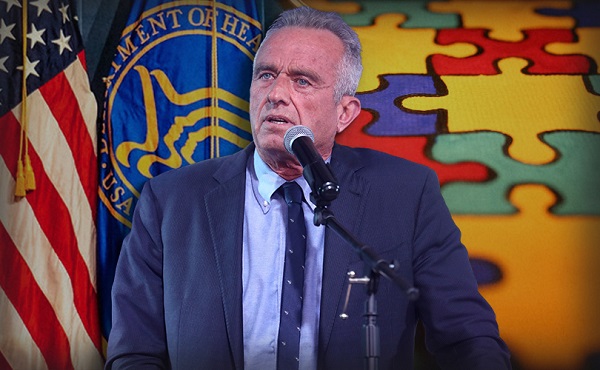
 Autism2 days ago
Autism2 days agoAutism Rates Reach Unprecedented Highs: 1 in 12 Boys at Age 4 in California, 1 in 31 Nationally
-

 Health2 days ago
Health2 days agoTrump admin directs NIH to study ‘regret and detransition’ after chemical, surgical gender transitioning
-

 Also Interesting2 days ago
Also Interesting2 days agoBetFury Review: Is It the Best Crypto Casino?
-
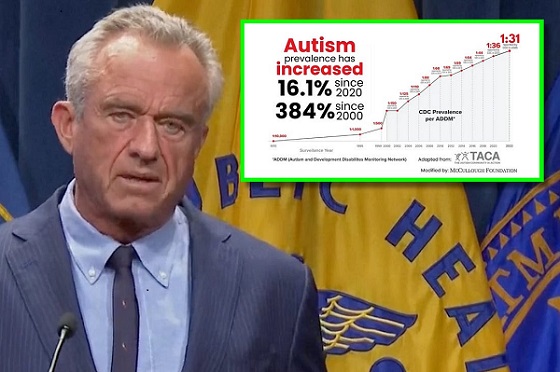
 Autism1 day ago
Autism1 day agoRFK Jr. Exposes a Chilling New Autism Reality
-

 COVID-191 day ago
COVID-191 day agoCanadian student denied religious exemption for COVID jab takes tech school to court
-
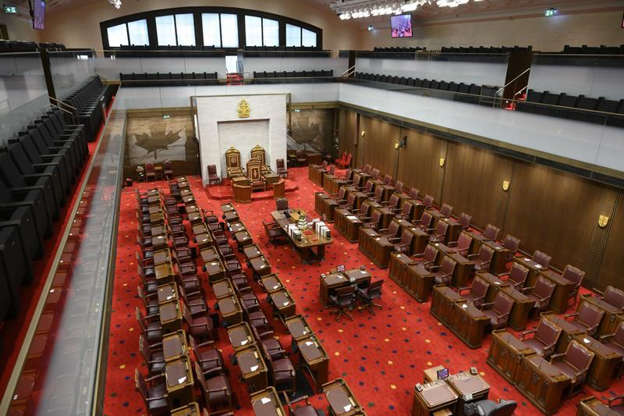
 2025 Federal Election2 days ago
2025 Federal Election2 days agoBureau Exclusive: Chinese Election Interference Network Tied to Senate Breach Investigation
-

 International1 day ago
International1 day agoUK Supreme Court rules ‘woman’ means biological female

